While cities worldwide continue to see rising levels of economic growth and inequality, inclusivity has emerged as a key goal for global leaders looking to encourage more sustainable urban development. The United Nations has outlined strategies in support of this effort – namely through its Sustainable Development Goals – but the implementation of a “New Urban Agenda” at the upcoming Habitat III Conference on Housing and Sustainable Urban Development will help accelerate action in years to come.
As part of this overarching agenda, though, it is crucial that Habitat III – unlike the Habitat II conference in 1996 – sheds more light on the various dimensions of urban inequality, including a more strategic focus on physical access. Ensuring that all types of urban dwellers can more easily reach employment, commerce, and other opportunities should stand as a major priority moving forward, especially when it comes to supporting more efficient and equitable infrastructure decisions – from transportation to land use to funding and finance.
The need for greater inclusivity, after all, is readily apparent given recent economic trends.
For example, global income inequality is on the rise according to UN estimates. In the developing world, in particular, 75 percent of the population face more unequal income distributions compared to just two decades ago, up 11 percent from 1990 to 2010. Developing cities, likewise, continue to see their slum populations reach new heights, growing almost 10 percent annually and reaching 881 million people in 2014. Africa represents the worst case with almost 62 percent of its urban population living in slums, while cities in developing parts of South Asia stand at about 30 percent.
Developing countries are not alone, either, as cities in more developed markets are increasingly grappling with higher levels of income inequality and looking to forge new strategies to address these concerns. A recent Brookings policy brief, for instance, traced the 95th/20th percentile household income ratios in U. S. metros and cities to better gauge growing levels of inequality between 2007 and 2014, finding that the 95/20 ratio increased from 8.5 to 9.3 nationally. In other words, higher-income households are now making nearly ten times what lower-income households tend to earn. The disparities, moreover, have been widespread, with cities like Boston, Atlanta, and San Francisco afflicted by some of the highest 95/20 ratios overall.
The spatial distribution of these inequalities is equally alarming and applies in developing and developed markets alike.
Throughout the world of emerging market and low-income country cities, spatial segregation of low-income households is evident either as dense informal settlements in the center of cities or, increasingly, along the periphery of them. Recent studies on European spatial trends, using a combination of Gini coefficients and spatial dissimilarity, reveal a similar gulf emerging between different income groups across 12 different capital cities, ranging from London to Stockholm to Madrid. Moreover, in the U.S., the suburbanization of poverty has followed a similar trend, exacerbating access to employment for low-income workers.
If policymakers are to seriously address inclusivity, inequality, and spatial segregation at Habitat III and beyond, they must take a critical look at the issue of accessibility and the limits of traditional approaches to land use and transportation and ask some critical questions as to why these approaches appear to have failed.
Land use and housing is extensively discussed in the background documents to Habitat III. While there are policy reforms to restrictive zoning regulations and the inadequacies of housing finance, initiatives focused on subsidized housing and compact, mixed-income communities do not appear to have succeeded over time for some very practical reasons. Can one really create economically integrated neighborhoods despite the differences in the consumer markets and necessary services of different income groups? Can one truly overcome “gentrification?”
Transport receives less attention in the Habitat III documents, but it also requires critical attention if one is to better serve the needs of low-income communities, especially on the periphery. With the changing patterns of employment, is a transport service directed at the central business district or even more polycentric city structures appropriate for low-income earners? Studies of recent bus rapid transit illustrate the limits of such investments without complementary policy and service initiatives.
Addressing urban inequality will require looking beyond our idyllic vision of cities and considering practical combinations of policies, regulations, investments, and services. These efforts, moreover, should connect with existing and potential future patterns of household location, while examining linkages to employment, commerce, and services. However, there is still a serious need for empirical research and more widespread sharing of innovative practices, and Habitat III offers a critical opportunity to develop a new, balanced paradigm for inclusive cities.
The Brookings Institution is committed to quality, independence, and impact.
We are supported by a diverse array of funders. In line with our values and policies, each Brookings publication represents the sole views of its author(s).


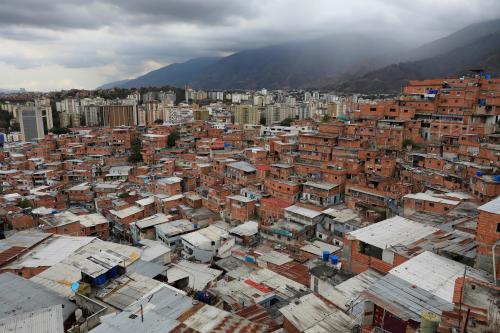
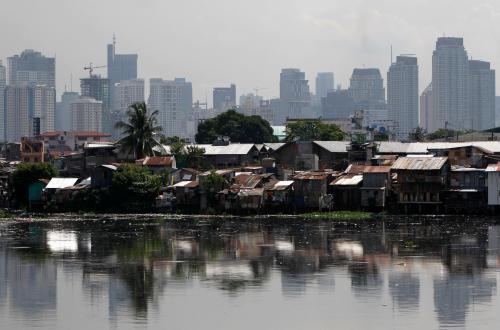
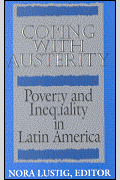
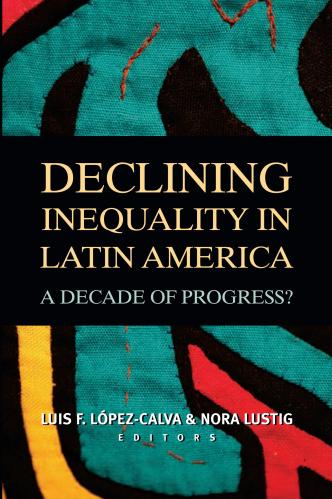
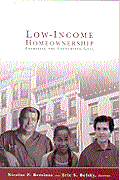





Commentary
Urban inequality and access: Will Habitat III rise to the challenge?
August 15, 2016